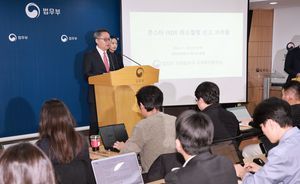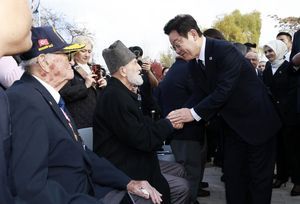
An estimated 90% of Chinese talents who earned their Ph.D. degrees in advanced fields like artificial intelligence (AI) and semiconductors from US universities have chosen to remain in the US instead of returning to China. This trend could impede China’s ambitions to surpass the US in the Information and Communication Technology (ICT) field within the next decade.
According to sources in Beijing who are well-informed about ICT in both countries, China sends the largest number of students to the US for foreign studies. On average, around 400,000 talents cross the Pacific annually to study in the US, which is an overwhelming number.
However, the success rate of these students in achieving their degrees is not very high. It is estimated that less than one-third of them manage to obtain a master’s degree. The number of those who get a Ph.D. degree is even lower. According to recent reports from US media outlets, including the New York Times, only around 5,000 students earn a Ph.D. annually.
After completing their studies, around 90% of these Ph.D. holders in science and engineering fields naturally contemplate returning home. However, making the final decision to become a Haigui (which means a sea turtle in Chinese and is used to describe those who return home after studying abroad as a homonym) is not easy, especially for talents in fields such as AI and semiconductors, because related companies, research institutes, and universities lure them with high salaries.
The big tech companies in China are ruthlessly laying off top talents, which cannot be ignored. It can be incredibly daunting to embark on an uncertain journey home, overcoming the opposition from families and the tempting offers from Silicon Valley companies.
Statistically, around 4,000 top Chinese talents in the AI and semiconductors fields, approximately 90% of the total, choose to stay in the US and work for the US. According to a recent report from the New York Times, as of 2023, the number of top talents working in the AI field in the US is estimated to be around 250,000. However, only 20% of them are US nationals.
China produces the most talent, with 28% of the top talents in those fields in the US being Chinese international students. This is followed by India, the original homeland of geniuses dominating Silicon Valley, at 8%. This clearly illustrates the significant impact of Chinese talents.
Naturally, China makes every effort to prevent talent loss to achieve its goal of leading the AI and semiconductor industries. One such effort is the active implementation of the Qiming Program, a project to secure top talents that they launched in the early 21st century. However, the results have been minimal so far. For example, in the AI field, the number of top talents in China is less than 20% of that in the US. This fact alone indicates that China’s concerns are deepening.










Most Commented